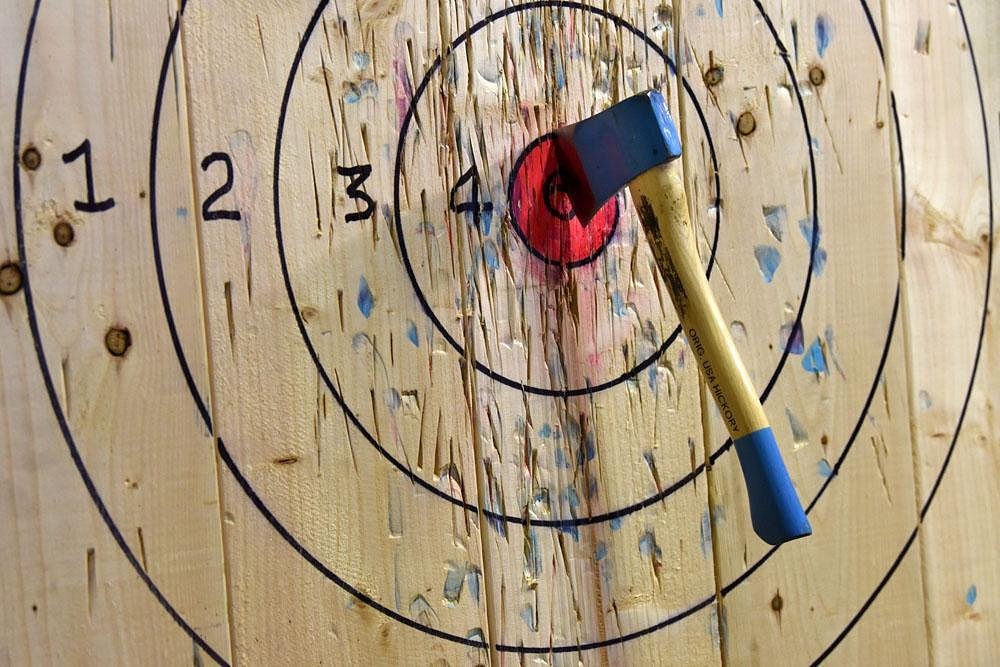When it comes to spinal cord injuries, the impact can be life-altering not only in terms of mobility but also due to intense nerve pain that often follows. For many, managing this pain becomes a daily challenge that affects their quality of life, sleep, mental health, and independence.
In this comprehensive blog, we’ll break down the causes, symptoms, and types of spinal cord injuries, while exploring how nerve pain develops and what treatments can offer relief. We’ll also answer frequently asked questions, cover key precautions, and discuss available spinal cord injury medicine options.
Understanding Spinal Cord Injury (SCI)
A spinal cord injury (SCI) is damage to the spinal cord that disrupts communication between the brain and the body. It can result from trauma (e.g., car accidents, falls, sports injuries) or non-traumatic causes like infections, tumors, or degenerative diseases.
Causes of Spinal Injury
Spinal injuries can occur due to a wide range of incidents, including:
-
Motor vehicle accidents (most common)
-
Falls, especially in older adults
-
Sports and recreational activities
-
Acts of violence (e.g., gunshot or stabbing injuries)
-
Medical or surgical complications
-
Diseases such as cancer or arthritis
Signs and Symptoms of Spinal Cord Injury
Recognizing the symptoms of spinal injury early can improve outcomes. These may include:
-
Loss of movement or paralysis
-
Altered sensation (e.g., numbness, tingling)
-
Muscle spasms or exaggerated reflexes
-
Pain or intense stinging caused by nerve damage
-
Breathing difficulties (in higher spinal injuries)
-
Bladder or bowel dysfunction
Types of Spinal Cord Injury
There are two main types:
-
Complete Spinal Cord Injury: Total loss of motor and sensory function below the injury site.
-
Incomplete Spinal Cord Injury: Some sensation or motor function remains below the injury level.
Another common form is spinal cord contusion, which involves bruising of the spinal cord. While not as severe as a complete injury, it can still cause significant symptoms, including nerve pain.
Spinal Cord Injury Levels and Function
The level of spinal cord injury determines the extent of physical function loss:
-
Cervical (neck): May result in quadriplegia, affecting arms, legs, and core.
-
Thoracic (mid-back): Can impact the chest, abdomen, and legs.
-
Lumbar and Sacral (lower back): May affect legs, bowel, bladder, and sexual function.
Understanding the spinal cord injury levels and function helps tailor treatment and rehabilitation plans for each patient.
How Spinal Injuries Cause Nerve Pain
Nerve pain, also called neuropathic pain, occurs when the spinal cord’s nerve fibers are damaged. This type of pain is different from musculoskeletal pain—it often feels like:
-
Burning
-
Shooting
-
Stabbing
-
Electric shocks
-
Tingling or pins-and-needles
Spine injury symptoms like this can persist long after the original injury and are notoriously difficult to manage.
Effective Treatments for Nerve Pain in SCI Patients
Managing nerve pain caused by spinal cord injuries often requires a multimodal approach:
1. Medications for Spinal Cord Injury
Common options include:
-
Anticonvulsants: Gabapentin and pregabalin to calm nerve activity.
-
Antidepressants: Amitriptyline or duloxetine to alter pain perception.
-
Opioids: For severe cases under close medical supervision.
-
Topical agents: Lidocaine patches or capsaicin cream for localized pain.
These are often referred to as spinal cord injury medicines and are prescribed based on the patient’s specific symptoms and injury level.
2. Physical and Occupational Therapy
Strengthens muscles, improves mobility, and reduces secondary pain.
3. Interventional Pain Management
-
Spinal cord stimulation
-
Nerve blocks
-
Intrathecal pump therapy
4. Lifestyle Modifications and Mental Health Support
-
Regular exercise (as tolerated)
-
Nutrition and hydration
-
Stress-reduction techniques
-
Support groups or counseling
Precautions for Managing Spinal Cord Injury and Nerve Pain
-
Avoid pressure sores: Use cushions, change positions often.
-
Prevent infections: Monitor bladder/bowel health closely.
-
Avoid falls: Use mobility aids and home modifications.
-
Monitor mental health: Chronic pain can lead to depression or anxiety.
If you experience new or worsening spinal injury symptoms, seek medical attention immediately.
FAQs
Q1: Can nerve pain from a spinal cord injury be cured?
There’s currently no complete cure, but symptoms can be managed effectively through a combination of medications, therapy, and interventions.
Q2: What does nerve pain feel like after spinal cord trauma?
Most people describe it as burning, stabbing, or electric-shock sensations in areas below the injury.
Q3: Can a spinal cord contusion cause permanent damage?
Yes, a spinal cord contusion can lead to lasting symptoms, especially if not treated promptly. However, some people recover partial function.
Q4: How is a complete spinal cord injury different from other types?
A complete spinal cord injury results in total loss of function below the injury, whereas incomplete injuries allow for partial sensation or movement.
Q5: Are medications alone enough for treatment?
Not always. Combining spinal cord injury medicine with therapy and support offers the best results for managing long-term pain.






